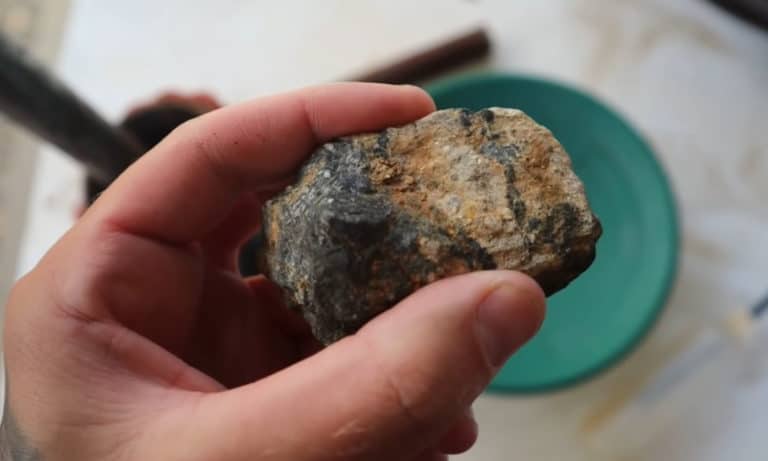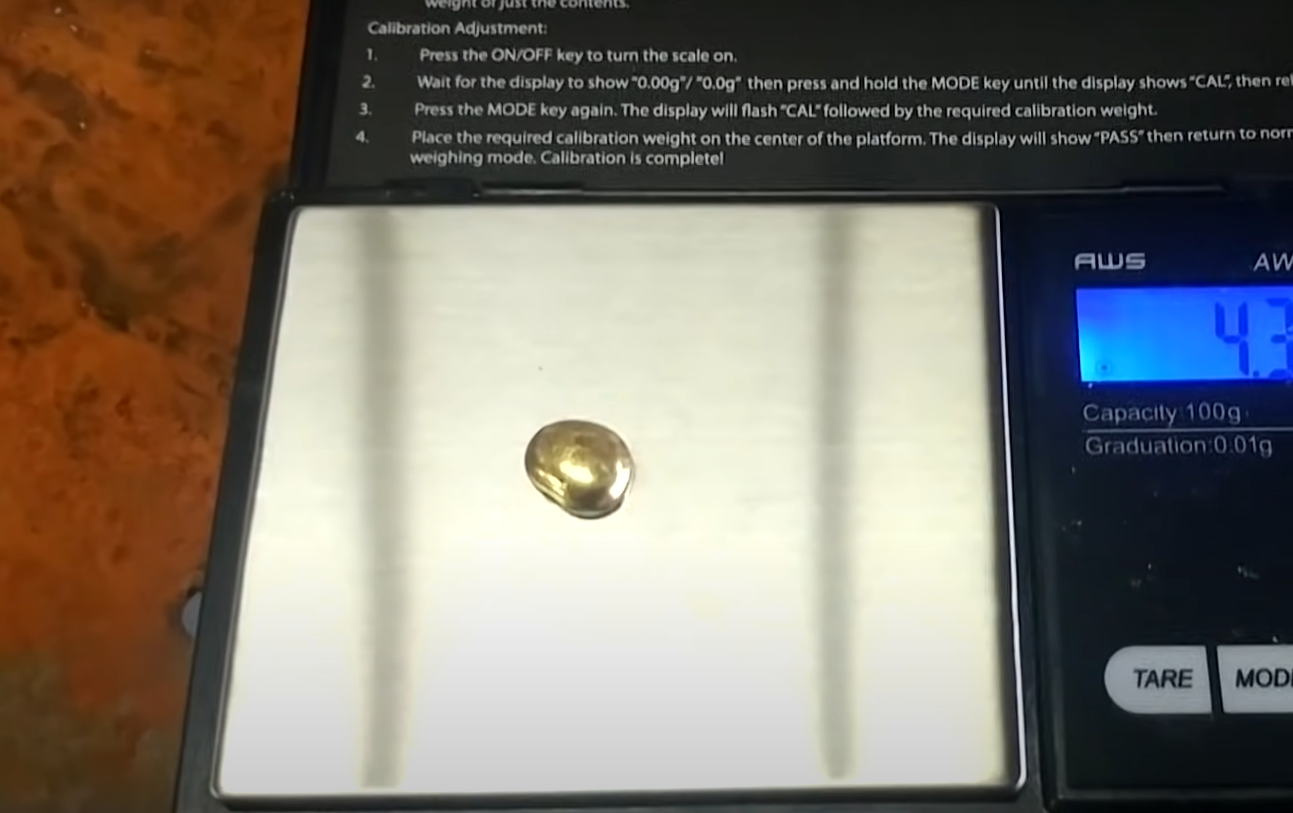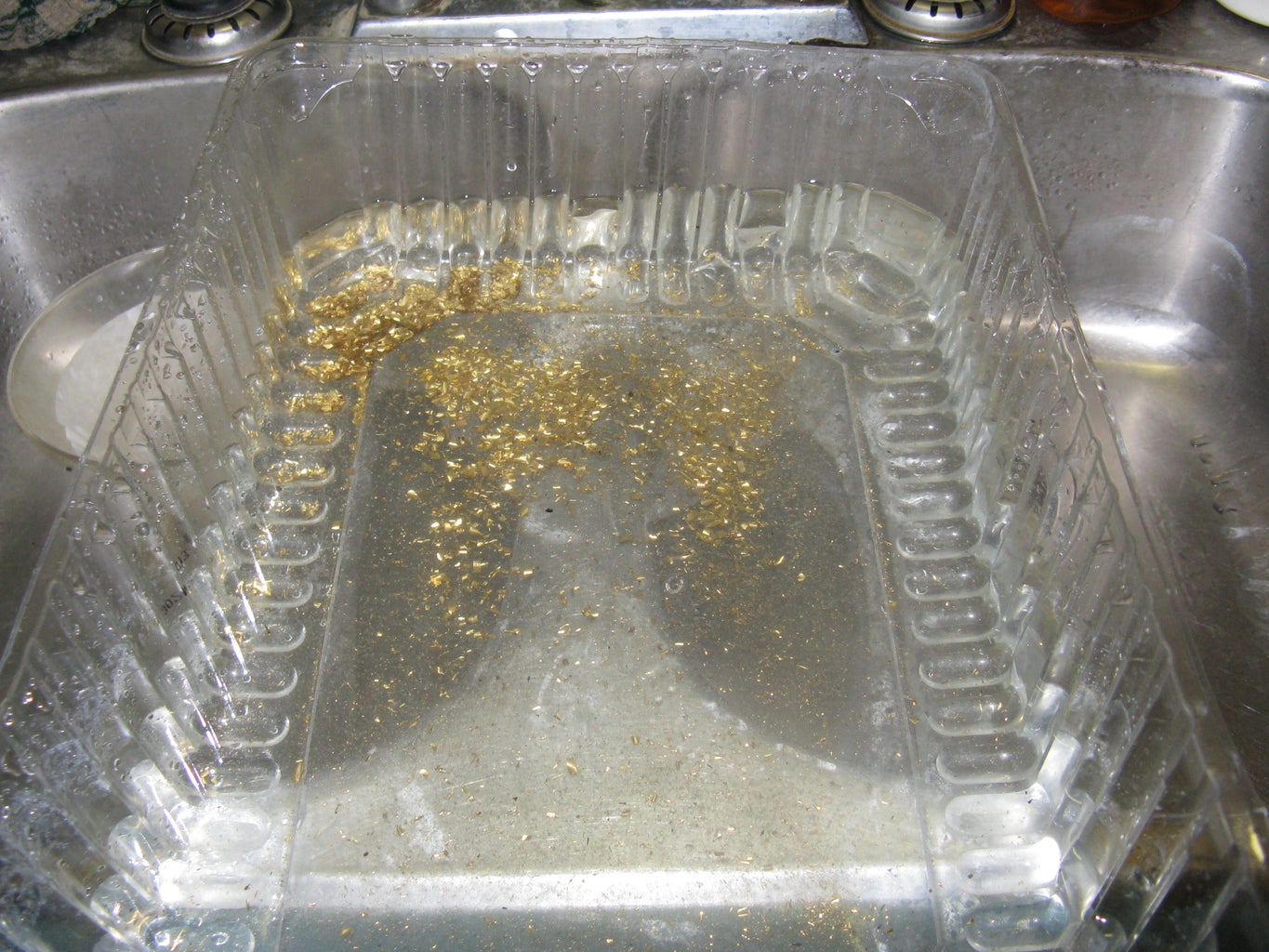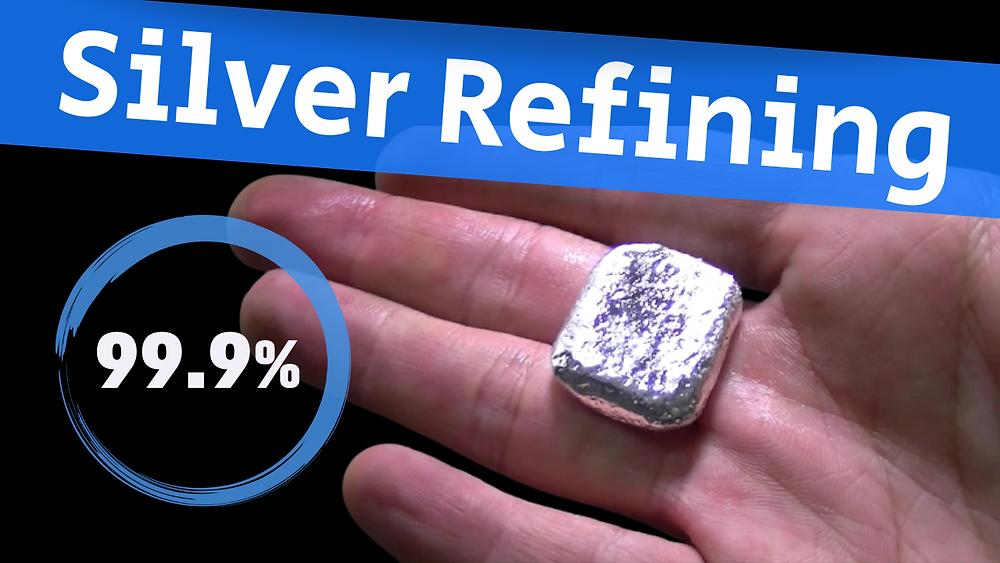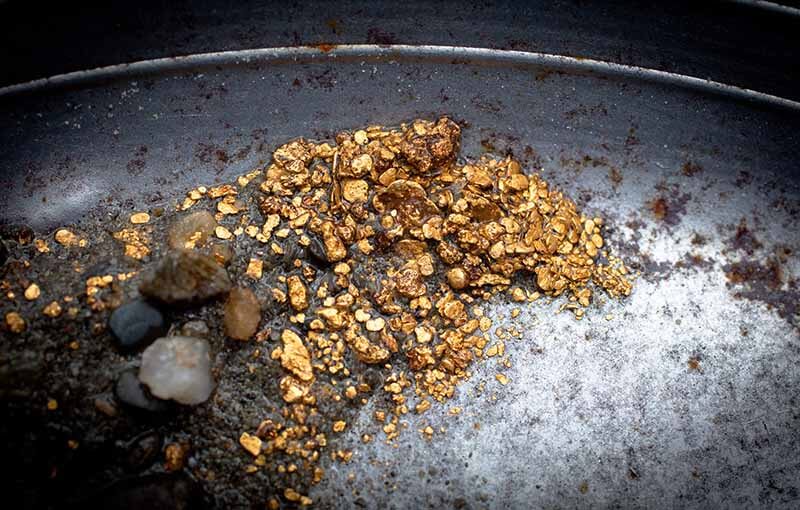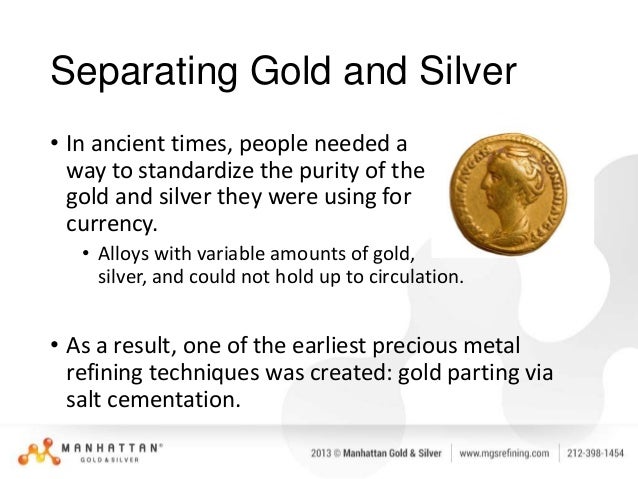How To Separate Gold From Silver

Imagine the glint of sunlight catching a pan full of alluvial gold, flecks dancing amidst the duller grey of silver. For prospectors, jewelers, and even electronics recyclers, the challenge has always been the same: how to coax these two precious metals apart, to unlock their individual value. It's a question that has driven innovation and ingenuity for centuries.
The separation of gold from silver, a process known as parting, is a crucial step in refining and purifying these valuable metals. Understanding the methods used, from ancient techniques to modern industrial processes, unlocks a fascinating insight into metallurgy and resource recovery. This article explores the key methods used to separate gold from silver, highlighting their historical context, chemical principles, and practical applications.
Historical Methods: A Journey Through Time
The desire to isolate gold from silver is as old as the use of these metals themselves. Early civilizations experimented with various techniques, often relying on trial and error to discover effective methods. These early approaches, though rudimentary by today's standards, laid the groundwork for the more sophisticated processes used today.
Cementation: The Ancient Art of Parting
One of the oldest known methods for parting gold and silver is cementation. This process, used for centuries by the Romans and other ancient cultures, relies on the principle that silver reacts more readily with certain compounds than gold does. The mixed metals would be heated in a crucible with substances like common salt, brick dust and sulfuric acid.
This would cause the silver to react and form silver chloride, leaving the gold behind in a relatively pure form. The silver chloride could then be further processed to recover the silver, completing the separation.
Cupellation: Separating by Oxidation
Another ancient technique, cupellation, involves heating the gold-silver alloy to high temperatures in the presence of air. This process oxidizes the base metals present, such as lead and copper, which are then absorbed by the cupel, a shallow dish made of bone ash or magnesia.
Silver also oxidizes, but at a slower rate. However, if lead is present, it helps to oxidize the silver so that it separates from the gold. Gold, being less reactive, remains largely unaffected by the oxidation process, allowing it to be separated.
Modern Methods: Science Meets Efficiency
Modern parting techniques leverage advancements in chemistry and engineering to achieve higher purity and efficiency. These methods are essential for large-scale refining operations and the recovery of precious metals from various sources, including electronic waste.
The Miller Process: Chlorine's Selective Attack
The Miller process, developed in the 19th century, utilizes chlorine gas to selectively react with silver and other base metals present in the gold-silver alloy. The chlorine gas is bubbled through the molten metal.
This causes the silver to form silver chloride, which is then skimmed off the surface. While effective, the Miller process produces gold of lower purity compared to other methods.
The Wohlwill Process: Electrolytic Refinement
The Wohlwill process offers a significant improvement in gold purity. This is an electrolytic process, using a gold chloride solution as the electrolyte and the impure gold as the anode.
As an electric current is passed through the cell, gold is selectively dissolved from the anode and deposited as pure gold on the cathode. Silver and other impurities remain in the electrolyte or form a sludge at the bottom of the cell.
Aqua Regia: The King's Water
Aqua regia, a mixture of concentrated nitric acid and hydrochloric acid, is renowned for its ability to dissolve gold. The nitric acid acts as an oxidizer, allowing the gold ions to be dissolved by the hydrochloric acid. This chemical is dangerous and should only be handled by trained professionals.
The silver in the gold-silver alloy will react with the hydrochloric acid and form insoluble silver chloride, which precipitates out of the solution. The gold can then be recovered from the solution using various methods, such as precipitation with reducing agents.
The Moebius Process: Electrolytic Silver Refinement
The Moebius process is primarily used for refining silver, but it plays a vital role in the overall parting process. This electrolytic method involves suspending impure silver anodes in an electrolyte solution.
As an electric current is applied, pure silver is deposited on the cathode, while impurities, including gold, accumulate as a sludge. This sludge then becomes a valuable source for gold recovery using other methods.
Applications and Significance
The ability to effectively separate gold from silver has far-reaching implications. It is essential for the production of high-purity gold for jewelry, electronics, and investment purposes. It is also critical for recovering precious metals from secondary sources, such as electronic waste.
The refining of gold and silver contributes significantly to the global economy. It ensures a sustainable supply of these valuable resources. It enables the creation of innovative technologies and the preservation of wealth.
Conclusion: A Continuing Quest for Purity
From the ancient techniques of cementation and cupellation to the modern electrolytic processes, the journey to separate gold from silver has been one of continuous innovation. Each method has its own advantages and disadvantages, depending on the scale of the operation and the desired purity of the final product.
As technology continues to advance, we can expect even more efficient and environmentally friendly methods for parting gold and silver to emerge. This will ensures that these precious metals remain accessible for generations to come. The pursuit of purity, it seems, is a never-ending quest.









